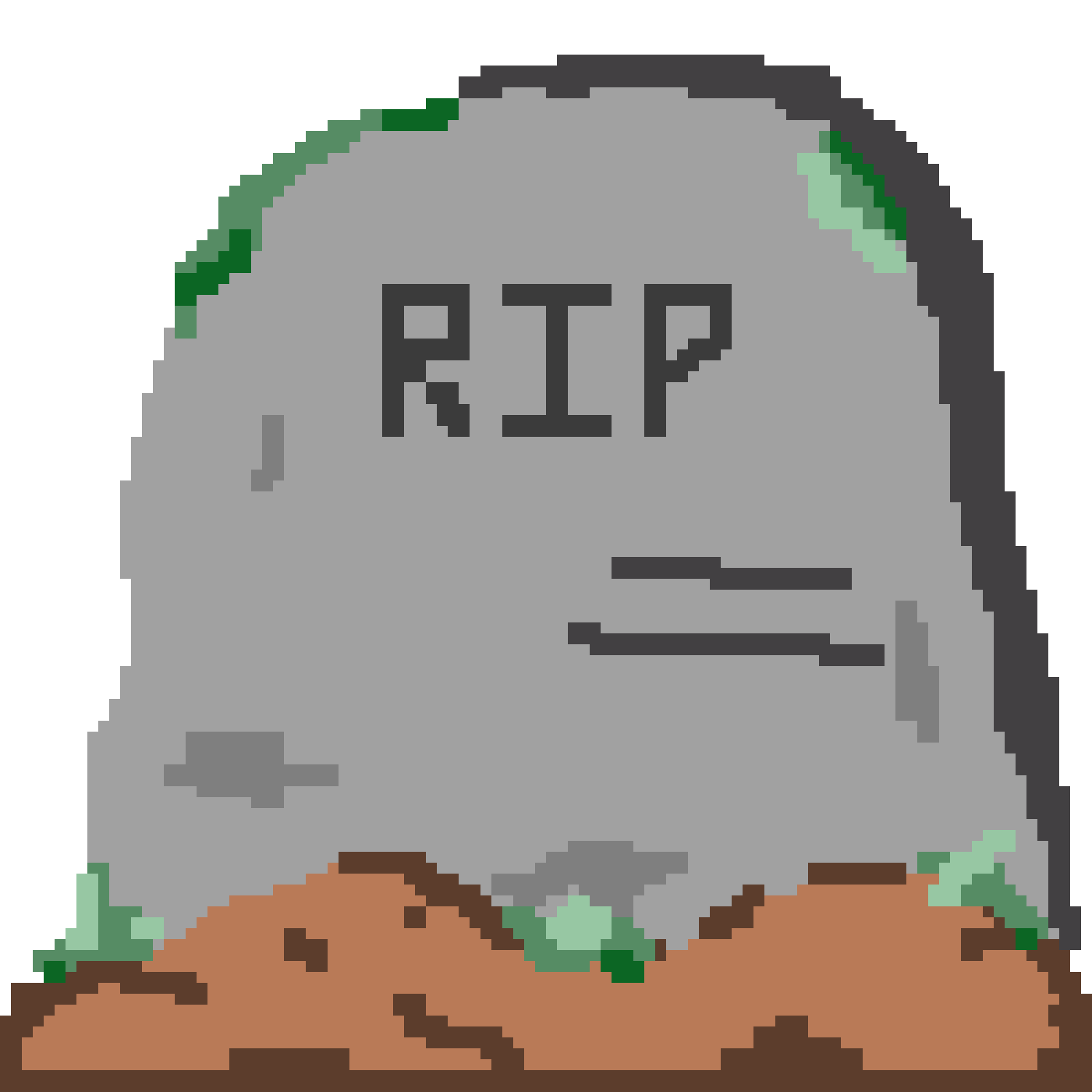Welcome!
This is going to be my third post on my blog. Today I will be going over the information from Week 3 of my Game Systems Design class. As I have said in my previous posts if you follow this blog, I would appreciate any feedback you may have. Anything at all, whether it is critiquing the design of my game or giving me inspiration/recommendations.
Before getting into what we learned this week, I wanted to wrap up what approaches I will use for my game that I discussed in my previous post. In my previous post, I started to share the details of the game I wanted to create. I gave a rough description of the type of game that I have in mind.
2D platformer-style game where the focus is on jumping to navigate increasingly challenging terrain.

Now I am going to delve into the mechanics a bit deeper. The different approaches I discussed are Behavioral Gamification, Gamification for Memorization, and Gamification in Character. The first approach I will use is Behavioral Gamification. I will use this to reinforce specific behaviors to the player so that they positively reinforced to understand the goal/learning objectives of the game. The game will have a type of point system similar to that of Super Mario Bros. To teach the player that they have to traverse the terrain upwards there will be “tokens” on certain ledges and foundations. These tokens will be key to positively reinforcing the player that they are doing the right thing and need to keep advancing upwards. The next approach I will use in my game is Gamification for Memorization. This approach relies on ‘remember’ and ‘repeat’ mechanics. I would like to implement these signs/statues/tombstones/altars/etc. (whatever fits the floors given environment) as a sort of structure, the player will stumble upon that grants them the ability to read whatever the signs/statues/tombstones/altars/etc. says. When the player interacts with these parts of the environment they would display text when the player activates it. This text could either explain to the player mechanics as a form of tutorial and/or be used to give the player the lore of the game.
On the right are two pictures of pixel art that I created for my game to give you a better idea of what the tokens and interactable environments could potentially look like.

This week:
To start this post I will continue to go over Module I, It's in the Game: Essentials of Systems Design & Player Behavior from where I left off in my previous post. This week we learned more about information processing and dove into something new called situated cognition.
- Situated Cognition
- Learning is NOT an accumulation of facts; it's differentiation of perception for action
- Thinking and learning are SITUATED and EMBODIED
- Emphasis moves away from abstraction and onto detecting INVARIANCE between contexts
- Information Processing
- Thinking, learning, & knowing are IN YOUR HEAD
- Memory and learning drive thinking and action
- Cognition is organized around SCHEMA
- Human cognition is treated as similar to computer processing - Professor Slota
Wikipedia defines Situated Cognition as:
A theory that posits that knowing is inseparable from doing by arguing that all knowledge is situated in activity bound to social, cultural and physical contexts.
Situated learning happens when learners receive information from an environment, filter it, and connect it to larger skill-building. It does not matter if this takes place in the real world or virtual world. The environment of the world demands that the player learns in order to meet prescribed goals. Video games have a unique ability to engage, challenge, and motivate and they can use this to help teach learning. The interaction between the player and the environment is particular to that specific player. Every player is going to interpret the environment differently. There are a huge number of factors that could contribute to how a player perceives a challenge. For example, the player's overall game experience (How many games they have played in their life? What kind of games?) will affect how someone attempts to overcome a challenge. Someone who has never played a video game before is going to have a significantly harder time than a player that has thousands of hours across different types of games. People are constantly being conditioned differently based on life experiences. The player's IQ, age, life experiences, time, environment, and many more all affect how they will experience your game. Human memory is not great, because of this, we use Situated Cognition to interact with the environment and make sense of things. This is why it is very important to think about Situated Cognition when you are designing your game.
When your designing a game you need to be thinking about how do people actually engage with the world. What is there experiece? What can you antipate they might be able to recognize in the game you have made versing things they probably wont? Or potentially recognize things that you didnt recognize about your own game. - Professor Slota
This just shows why it is good to get outside perspectives to playtest your game. Since I am the one creating my game, I will already know where everything is going to be. I am completely biased if I were to try and do a real playtest for my own game. This is why having someone that has never played a video game before is an excellent candidate to playtest. If they can figure out what to do based on the flow of the game and the approaches used to guide them then someone with any game experience at all would be able to beat it. You have to consider that everyone is going to interpret things differently when designing your game in order to be able to create something that flows coherently for any type of player.
Thank you for reading my third post on my blog. In my next post, I will be going over Week 4: Rules & Discovery as well as giving more insight into the mechanics of my game. Any feedback is greatly appreciated!

I like the pixel art that you made, especially the tombstone. The game token could potentially use a little work. Maybe make it more 3D looking like the tombstone is.